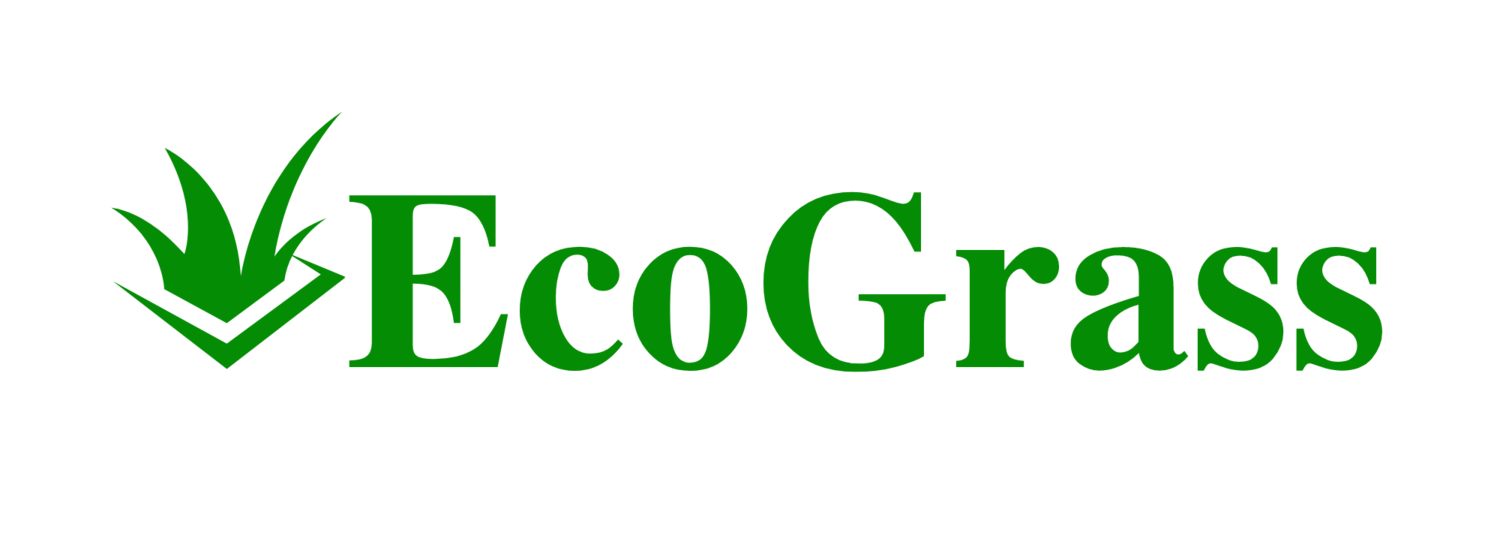Are you questioning whether artificial grass is an eco-friendly option for your landscaping needs? There are several key factors to consider when it comes to the environmental impact of artificial grass, particularly in terms of sustainability and maintenance. Artificial grass eliminates the need for mowing, fertilizers, and pesticides, reducing your carbon footprint and the use of harmful chemicals.
One significant benefit of artificial grass is its contribution to water conservation. Unlike natural grass that demands substantial watering, artificial turf requires no irrigation. This can be especially advantageous in arid regions where water scarcity is a concern. Moreover, with a lifespan of up to 25 years, artificial grass offers a long-lasting solution that can withstand varied weather conditions while maintaining its appearance and functionality.
Nevertheless, while artificial grass has its eco-friendly attributes, it's essential to consider all aspects of sustainable landscaping. Alternatives like clover lawns, vegetable gardens, and wild lawns might also offer environmental benefits without the reliance on synthetic materials. By weighing all options, you can make a more informed decision that aligns with your environmental values and landscaping goals.
Environmental and Health Aspects of Artificial Grass
Eco-friendly artificial grass offers various environmental advantages, such as reducing water usage and eliminating the need for harmful pesticides. However, considerations surrounding chemical use and potential health risks remain important.
Lifecycle and Sustainability
Artificial grass is designed to be durable, often lasting up to 25 years. Eco-friendly artificial grass typically employs recyclable materials and aims to minimize its carbon footprint during the manufacturing process. Despite being non-biodegradable, efforts are made to recycle artificial turf after its lifespan to prevent waste.
Sustainable landscaping options, like clover lawns or wild gardens, often have a lower overall environmental impact compared to artificial grass but require more natural resources for upkeep.
Water Conservation and Pollution
One of the key benefits of artificial grass is the water conservation it enables. Unlike natural lawns, which require regular irrigation, artificial turf eliminates this need, significantly reducing water consumption and** water bills**. This is particularly advantageous in drought-prone regions.
While natural grass can lead to chemical runoff from fertilizers into local waterways, artificial grass reduces this type of water pollution. Nevertheless, concerns about potential leaching from the materials used in artificial grass still exist, necessitating attention to product quality and environmental safety standards.
Chemical Use and Safety Concerns
The absence of required fertilizers and harmful pesticides makes eco-friendly artificial grass a safer option for households concerned about toxic chemicals. Proper installation further mitigates risks, promoting a safe environment for users.
Nonetheless, the potential presence of toxic substances released over time from some artificial grass materials raises questions about health hazards. Ensuring that the artificial turf meets safety guidelines set by organizations like the Environmental Protection Agency is crucial for well-being and minimizing exposure to harmful substances.
Thoroughly examining each aspect of chemical use can help you make an informed decision about the best solution for your landscaping needs.
Practical Considerations and Benefits
When considering artificial grass, it’s essential to examine its installation, maintenance, cost-effectiveness, and advantages for both users and wildlife. Each of these factors plays a critical role in determining whether artificial grass is the right choice for your needs.
Installation and Maintenance
Installation of artificial grass requires significant initial effort and investment. Proper groundwork is necessary to ensure a smooth and even surface. It's recommended to hire professionals for a seamless finish.
Maintenance is relatively low compared to natural grass. You won't need to mow, water, or apply fertilizers and pesticides. Occasional cleaning, which might include using a leaf blower or rinsing off dirt, is generally sufficient.
Cost-Effectiveness and Usage
Initial investment in artificial grass can be substantial, but it’s cost-effective over time. The upfront costs include materials and professional installation.
Cost savings come from reduced water bills and the elimination of lawn maintenance expenses. Over its lifespan of up to 25 years, artificial grass can lead to significant long-term savings.
Usage varies widely; artificial grass is ideal for homes, playgrounds, and sports fields due to its durability and consistent appearance.
Advantages for Users and Wildlife
Artificial grass offers many benefits for users. It remains lush and green year-round, enhancing your home's aesthetics. It's safe for pets and children to play on as there’s no need for harmful pesticides.
For the environment, artificial grass promotes water conservation. The elimination of fertilizers and pesticides also benefits wildlife and local biodiversity, reducing chemical runoff into ecosystems.

